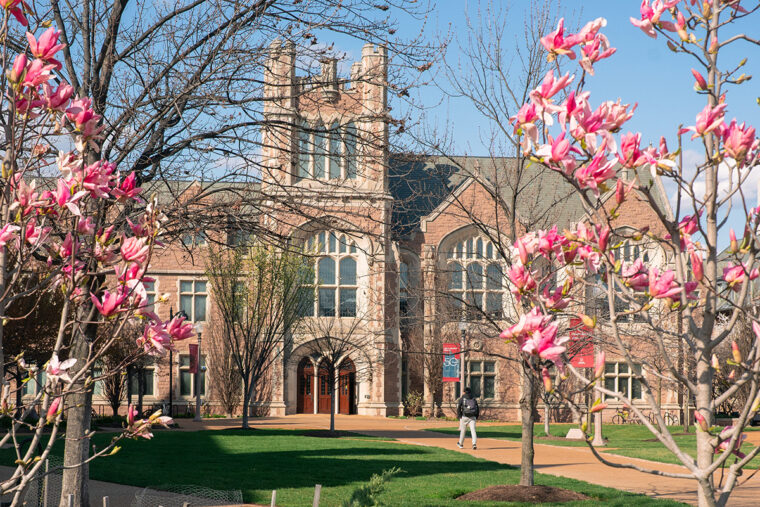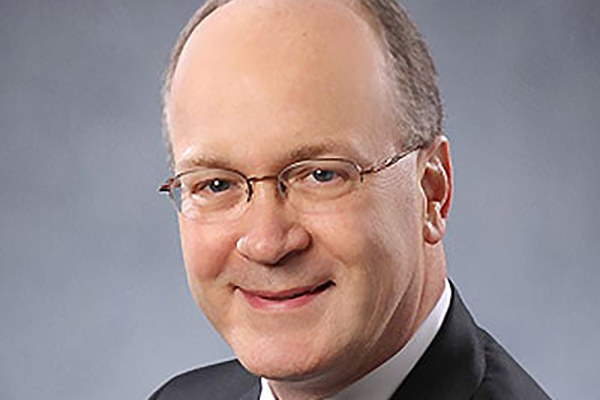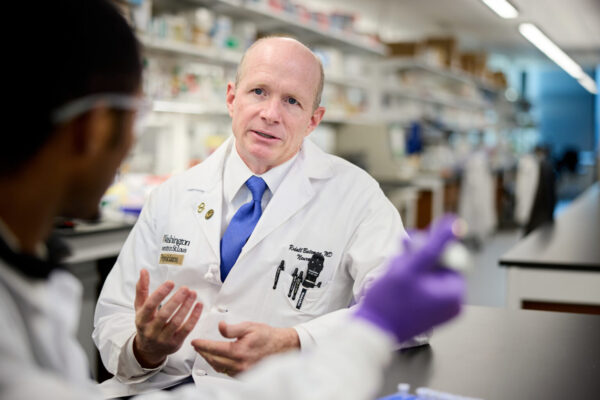WHY IS TUITION INCREASING?
The decision to increase tuition is not one we take lightly and is based on several factors — some predictable, some not. At WashU, we are committed to providing our students a best-in-class education with opportunities to study and conduct research with leading faculty in state-of-the-art classrooms, libraries, labs and studios. We work hard to manage those expenses but, like all businesses, we face rising costs in nearly every aspect of our operations.
In addition, WashU is bracing for a substantial loss of federal research funding. These cuts have the potential to impact every aspect of the university, including providing opportunities for our students to engage in hands-on research experiences with our faculty. An increase in tuition, in combination with cost-cutting measures and the strategic prioritization of our expenditures, will allow WashU to maintain its place as a global leader in education, research and patient care.
SHOULD I EXPECT TO PAY FULL TUITION FOR MY STUDENT?
The amount each family will actually pay for tuition varies depending on a number of factors, including household income and the number of siblings currently in college. WashU is the first college in the U.S. to offer a new Instant Net Price Estimator, which is available on our Student Financial Services website. In just seconds, this simple
tool provides a range that each family can expect to pay. There are other tools and calculators available on our website as well. Our goal is to be as transparent as possible about the actual cost of attendance, and for students and families to have the tools they need to know what to expect.
WHAT IS FEDERAL FUNDING’S ROLE IN THE WASHU BUDGET?
Last year, external funding to WashU surpassed $1 billion for the first time. The vast majority of those dollars came from the federal government, including $629 million from the National Institutes of Health and approximately another $116 million from the National Science Foundation, the Department of Health and Human Services, the Department of Defense, and other agencies. Those funds — about 15% of the university’s $5.08 billion operating budget — cover a range of expenses beyond direct research costs such as building maintenance, safety programs, student stipends and laboratory equipment. An anticipated reduction in those vital funds, along with a potentially significant increase in the federal endowment tax, threatens to create a significant budget shortfall.
WHY ARE MEAL PLANS INCREASING?
The increase in the cost of WashU meal plans directly results from rising food costs. The price of meat, produce and dairy is growing faster than the rate of inflation. The Platinum Meal Plan will continue to serve the majority of students’ daily needs by offering the most flexibility and variety across our dining locations. WashU remains committed to providing tasty, satisfying and healthy meals that meet the needs of our students.
HOW DOES WASHU MEET STUDENT NEED?
We are committed to removing financial barriers for all of our students, regardless of their socioeconomic backgrounds. In recent years, we’ve launched several new initiatives that strive to make a WashU education more accessible to all students.
Programs include:
- The “no-loan” financial aid policy, announced in 2024, replaces federal loans with grants and scholarships.
- Gateway to Success, announced in 2021, is a $1 billion investment
in financial aid and student support for undergraduate, graduate and professional students. WashU also is now “need blind” in our undergraduate admission process for first-year domestic applicants. - The WashU Pledge, announced in 2019, provides a free undergraduate education to full-time students from Missouri and southern Illinois from families with annual incomes of $75,000 or less. The WashU Pledge covers tuition, room, meal plan and fees. Other initiatives include the new Taylor Family Center for Student Success, the Student Success Fund and First-Year Grants for technology and supplies. The university has received national recognition for improving accessibility, including recently being named #3 in the nation for financial aid by The Princeton Review.
WHAT IS THE STATUS OF THE ENDOWMENT?
Endowment funds are primarily created through gifts and used for specific purposes as designated by the original donor. As an example, a donor’s gift restricted to supporting medical research could not be repurposed to support undergraduate scholarships or vice versa. The earnings from the funds are used to support, among other things, the work of our faculty, our research and annual operations. Endowment earnings also partially cover the gap between what students can afford to pay and the actual costs of higher education, with the university applying unrestricted or operational funds to bridge the gap. The endowment helps us to make good on our promise to make a WashU education accessible to all qualified students, regardless of their finances. We also rely on the generosity of friends and donors who make it possible for us to achieve this goal. To learn more about the endowment, how it works, where it comes from and how we use it to enhance the university’s mission, see Chancellor Martin’s three-part “Endowment 101” series on his blog.



